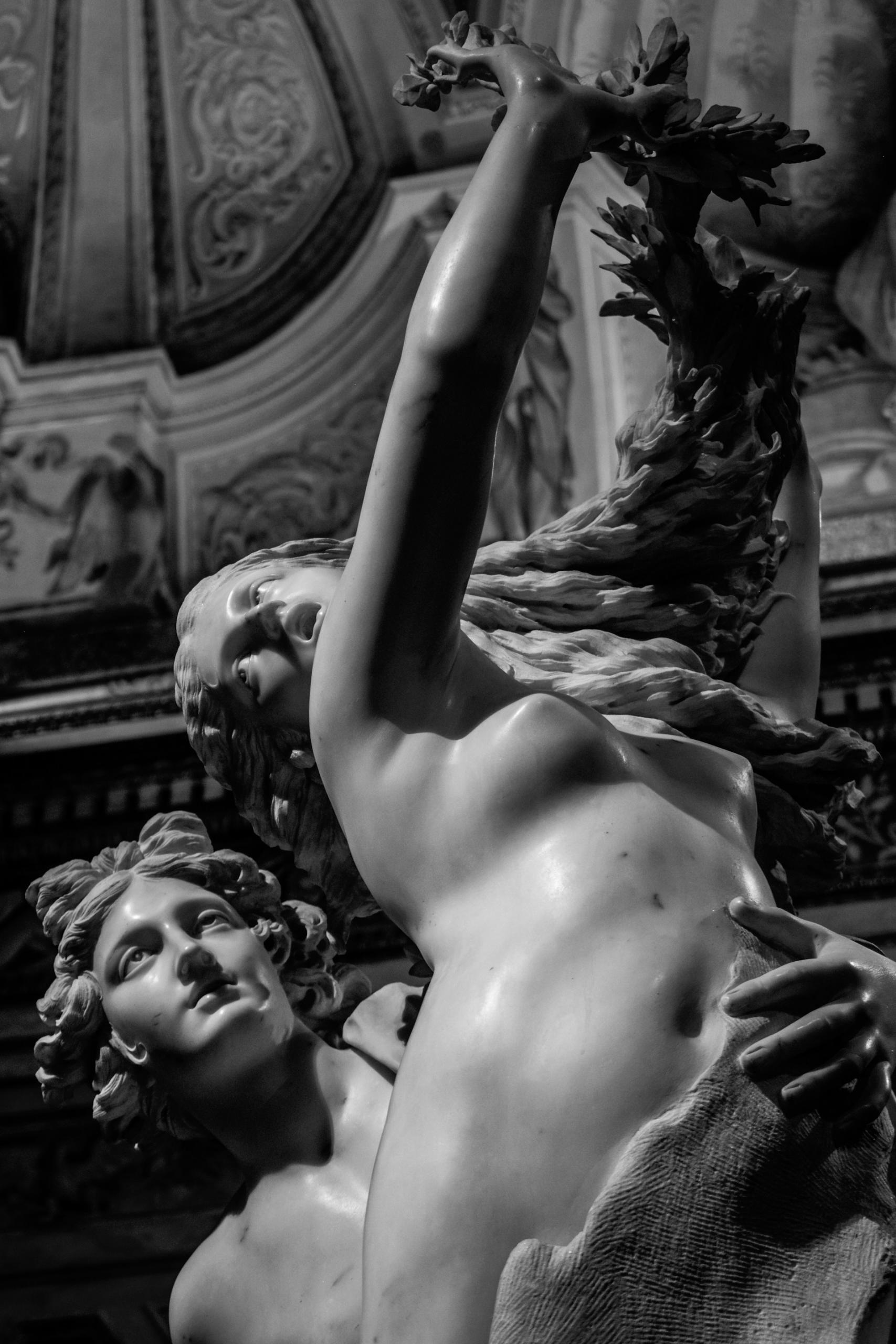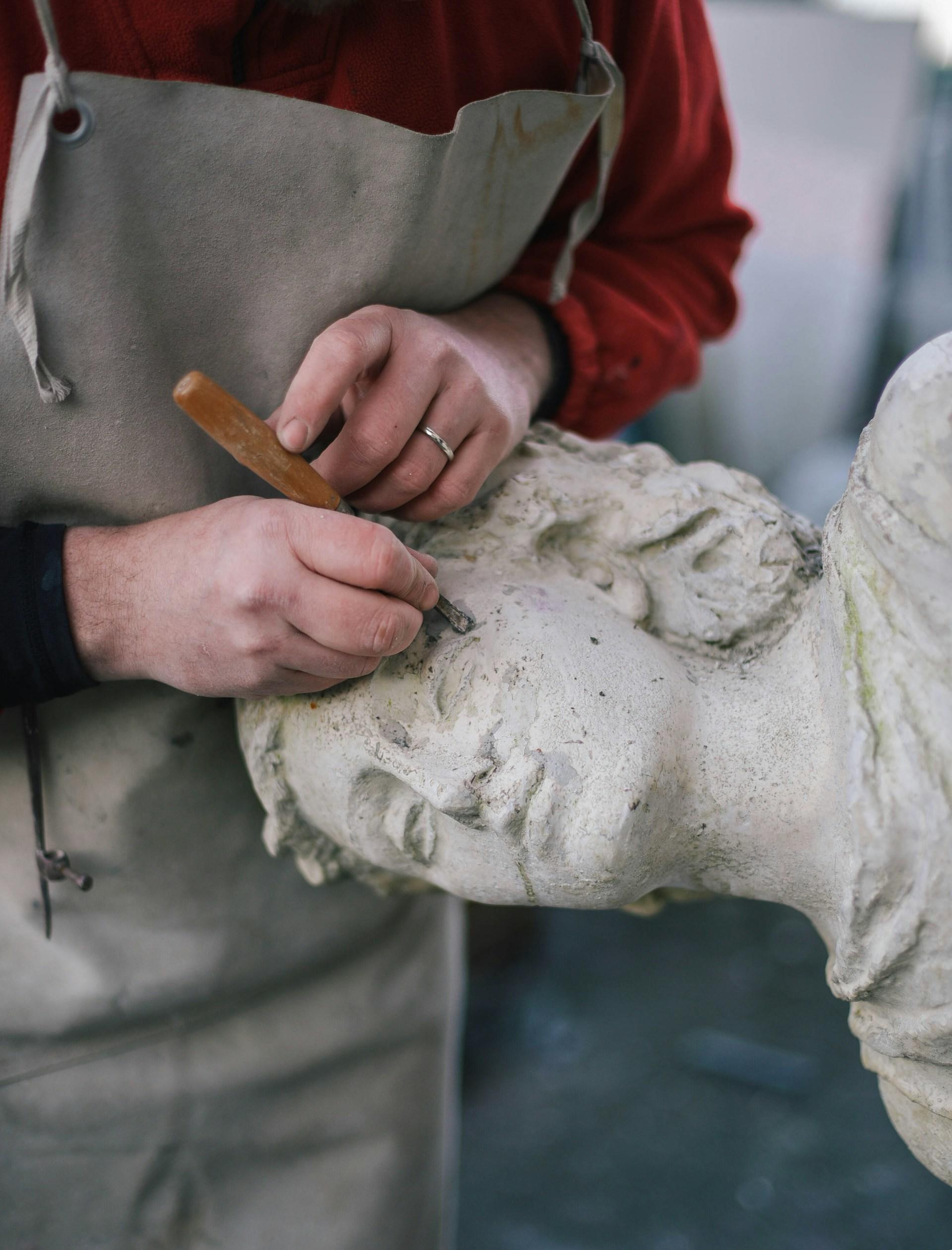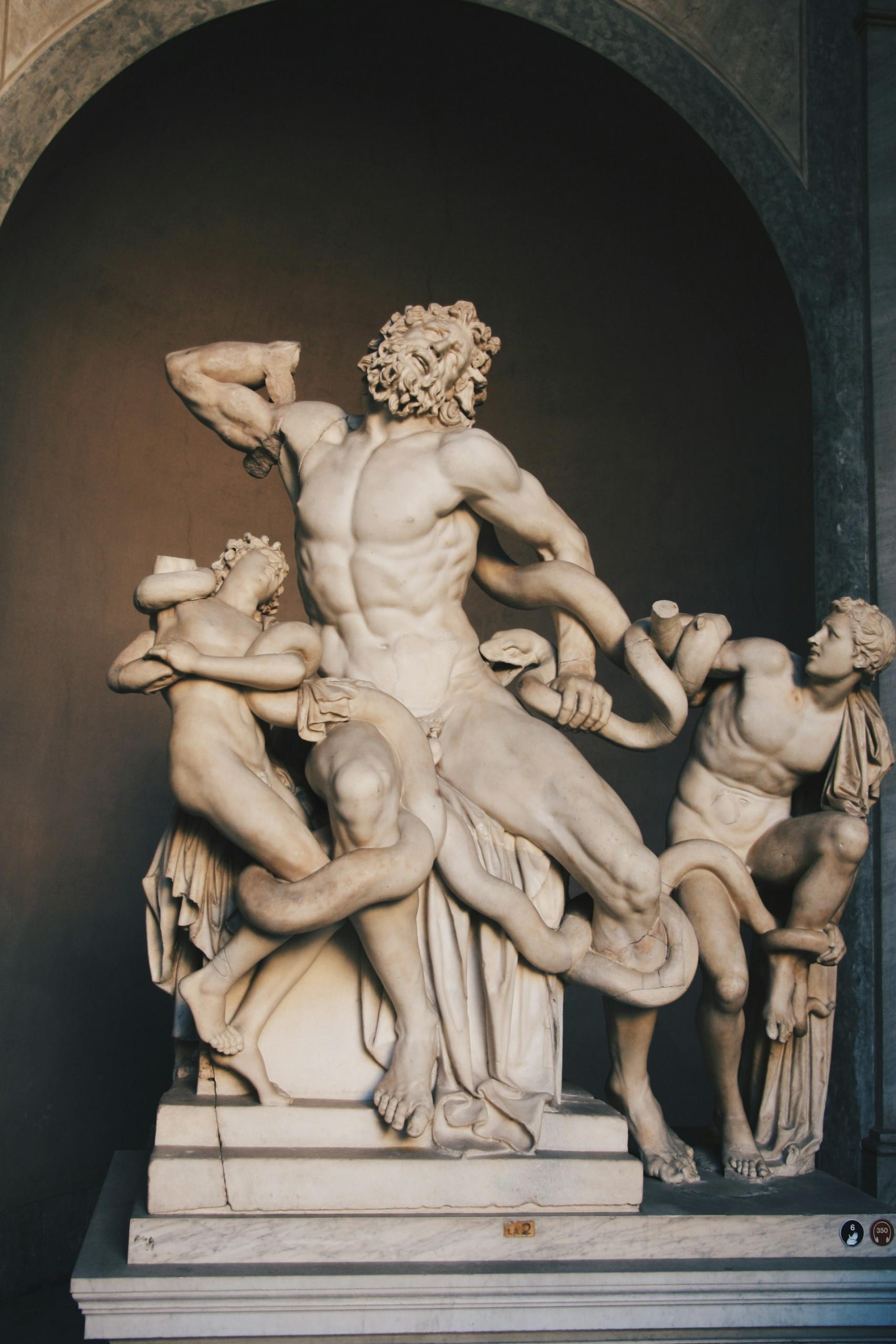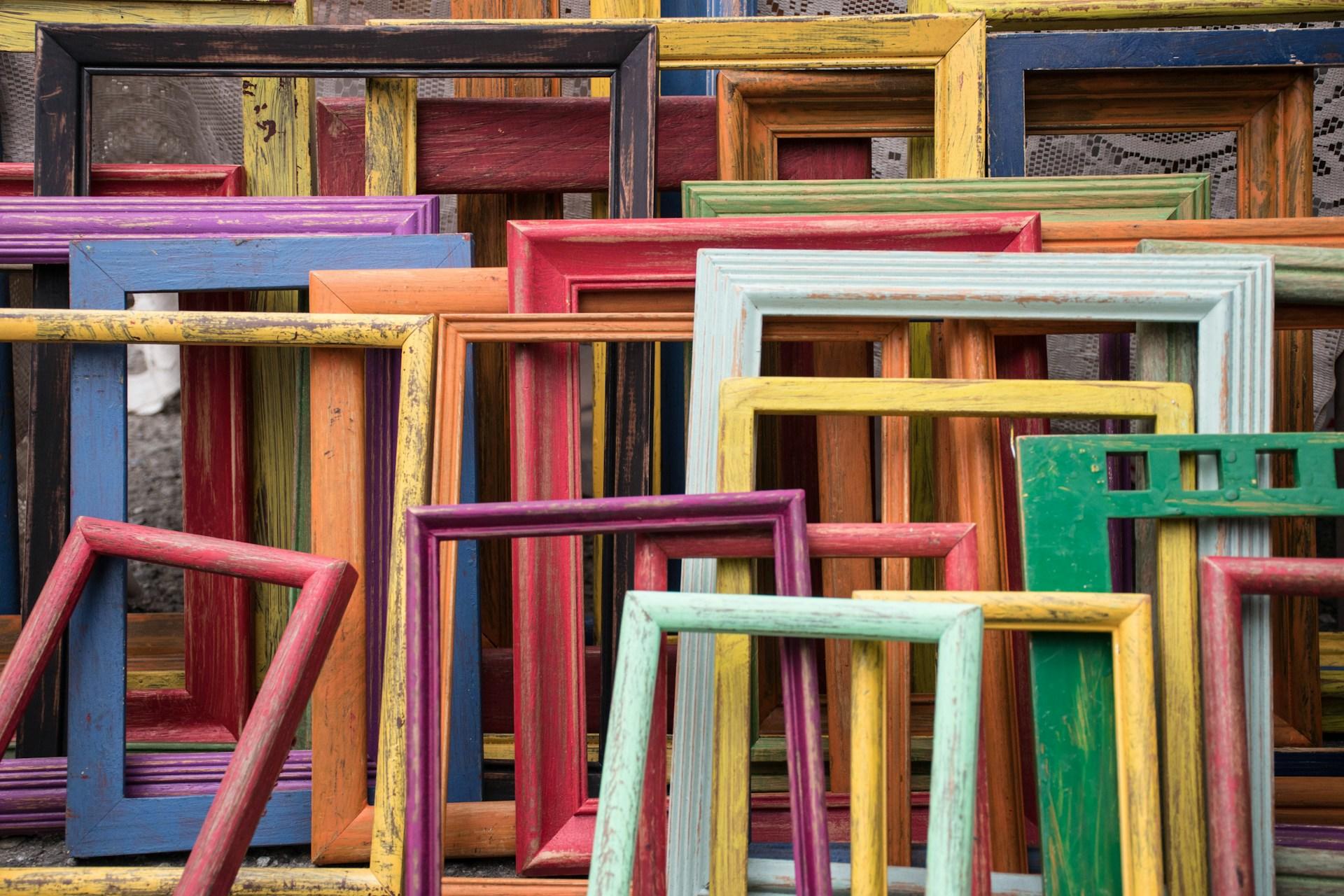What sculpture is to a block of marble, education is to a human soul.
Joseph Addison
Sculpture, as an art form, is one of the more wide-ranging and diverse forms of art. Sculptures may be monumental, like those of Ancient Greece, Egypt and Rome. Or they may be abstract. In that category, everything counts, from contemporary installations to the figurines of prehistoric civilizations.
This article gives you the lowdown on this type of three-dimensional art. Even if you took art classes Melbourne, you're sure to discover new and intriguing facts about your favourite sculptures. You might also plan a grand tour around the statues and installations you wish to see. Now, we discuss:
What characteristic do all sculptures have in common?
- History: sculptures form a record of human civilisation
- Fame: breathtaking works invariably become conversation topics worldwide
- Creativity: who are the people with such vision?
- Diversity: in materials, styles, and trends
- Accessibility: where you can see these famous works

What Is Sculpture: History

The history of sculpture, as far we know, started in the Upper Palaeolithic - between 50 000 and 12 000 years ago. Archaeologists unearthed a figurative sculpture carved in ivory. They named it Löwenmensch, or Lion Person. Scientists estimate its age to be forty thousand years.
This figure, found in a German cave, and with the clay reliefs discovered in Mesopotamia, begin the historical record of civilisation. Egyptian statues, Hellenistic sculptures and Roman art; Romanesque and Gothic reliefs, and architectural sculpture... All of these are testaments of past societies and beliefs.
A visual representation of themes important to a society at the time of creation.
Primary themes of scupture included religion, spirituality, and ritual. Some of the most famous images from the art world are all religious icons. Those include the Great Sphinx of Giza, and the statues of deities from Greek and Roman sculpture. The sculpture of Apollo embracing Daphne, in the picture, is one example of such.
The High Renaissance broke the connection between the art of sculpture and religion. Renaissance sculptors like Michelangelo, Donatello, and even Leonardo da Vinci used religious imagery. From the fourteenth to the sixteenth century, sculpture became more concerned with anatomically accurate and naturalistic representations.
This shift compelled sculpture artists to essay new, more elaborate styles. Through Baroque and Rococo, Neoclassicism and Modernism, sculpture became the art of rendering form accurately.
Auguste Rodin triggered the turn to modern sculpture. Constantin Brancusi's work delivered the inspiration to move away from the representational form. The history of sculpture threads through the naturalistic styles of the Italian Renaissance, along sculpture garden paths, past kinetic sculptures, and to assemblage pieces populating museums today. You won't want to miss any of it!
The Most Famous Sculptors
People taking art classes Sydney find the most important, influential, and famous sculptors interesting. In fact, this writer confesses a wild interest in Leonardo da Vinci's work, though his sculpting efforts never got beyond the planning stages.
Our celebrity culture makes it strange that knowing the names of painters, sculptors, and writers wasn't important, until recently. For most of art history, art creation was more of a social enterprise. Consequently, many of the works we celebrate today have no attribution.

During the Italian Renaissance, artists' work became the portfolio. To secure commissions, they signed their work so patrons could know who they were, and what they could create.
We're fairly well-versed on the creative geniuses and their works from the 14th Century to today. To identify those who plied their craft before then, archaeologists and art historians make educated guesses. They do so based on whatever records they can find, and a catalogue of that artist's work. If need be, they build that record as they make discoveries.
For instance, we know Lysippos was a prolific sculptor in Ancient Greece, even though he never signed any of his work. Pliny the Elder wrote of him, describing his work (mostly in bronze, quite a few slender statues). Based on such records, we can attribute artefacts to their creators, with a fair degree of certainty.
With that clear, we can talk about the famous names in the history of sculpture that we know a lot about. We already associate names like Benvenuto Cellini, Leonardo da Vinci, and Michelangelo Buonarroti with some of the most beautiful pieces. This chart expands the list of famous sculpting artists.
| Artist's name | Most famous sculpture | Style |
|---|---|---|
| Gian Lorenzo Bernini | The Ecstasy of Saint Teresa | Baroque |
| Antonio Canova | Psyche Revived by Cupid's Kiss | Neoclassical |
| Pablo Picasso | The Guitar | Assemblage |
| Auguste Rodin | The Thinker | Modernist |
| Henry Moore | Mother and Child (various renditions) | Modernist |
| Marcel Duchamp | The Large Glass | Kinetic |
| Yayoi Kusama | Infinity Mirror | Installation |
| Claes Oldenburg | Flying Pins | Installation |
| Louise Bourgeois | Spider | Surrealist |
| Constantin Brâncuși | The Kiss | Modernist |

The Most Famous Sculptures

Our table barely scratches the surface of famous sculptures, and it hardly describes those artists' entire catalogues. Rather more like painting, sculpture has a whole host of different functions.
Sculpture isn’t just creating art for art’s sake, or lavishing harmony and beauty onto the world. Sculpture materials themselves tell a story. For instance, how Michelangelo insisted that sculpting return to classic lines from Ancient Greece. Thus, he used the purest marble - a solid block of it, to execute his David.
Sculpture idealises, as David proves. It is religious and ritualistic. Powerbrokers buy it and barter with it; it serves political ends. For proof of that, witness the struggles various countries have, trying to repatriate their treasures housed in museums around the world.
Some of the world's most famous sculptures are not primarily about art. New York City's Statue of Liberty makes a political statement. Rio de Janeiro’s Christ the Redeemer unites the world in worship, through its 46 copies, scattered around the globe. The Trevi Fountain, in Rome, generates income for the disadvantaged.
These works, and others like them, are less famous for their beauty than for the values they represent. The Statue of Liberty is today less renowned for stepping on slavery's shackles - its most beautiful feature, than for the ‘liberty’ it's come to represent.
What the world considers famous sculptures aren't famous because they're beautiful. They're famous because of what they represent. Be it the promise of liberty, or the blessed release of religious fervour, representation gives sculptures meaning.
The Different Forms of Sculpture
The art of sculpture gives us a lot of terminology to explore. How does a sculpture garden differ from a sculpture park? What is the difference between relief and sculpture in the round? What is kinetic sculpture, sound sculpture, and land art?
And, crucially, how do we differentiate between the array of different movements and styles throughout history? You might find answers to these questions in your art classes, but it's okay to pick up some advanced knowledge.

If a sculptor's vision is wildly idiosyncratic, nobody is going to understand the message their art conveys. However, a sculptor who builds on the work of past masters gives audiences reference points to navigate new sculpture concepts and ideas.
They might provoke questions, such as "What are sculptures made of?" or "Does this work fit the definition of sculpture?". Still, audiences will accept the work as a form of artistic expression. These two sculptural styles defy the classical definition, but are sculptures, nevertheless.
Assemblage
The artist assembles these sculptures by posing ordinary items and materials in novel ways. This sculpture style arose from Pablo Picasso's Cubist period; indeed, Picasso himself created a famous assemblage work. His (1912) Guitar consists of cardboard and string. Other famous assemblage sculptors include:
- Noah Purifoy: His outdoor Art Museum includes hundreds of assemblage pieces
- Louise Nevelson: specialised in monochromatic pieces, as seen in New York City
- Robert Rauschenberg: incorporated found objects into his paintings
- Sarah Lucas: a Young British Artist (YBA) who creates visually unsettling assemblages
Earth Sculpture
Artists sculpt these massive works into the Earth itself. Robert Smithson's Spiral Jetty is a famous example of Land Art, but Milton Beccera's Meteorite (São Paulo) is equally stunning. Others include Star Access (Charlie Ross), and Side Effect XI (Eberhart Bosslet).
Where to See Sculpture Collections

Finally, then, let’s talk about some of the best places to find these sculptures. Obviously, you must travel to Land Art installations; they cannot embark on a museum tour, like smaller pieces can. That exception aside, museums around the world exhibit these beautiful objects.
They often lend pieces to one another, even welcoming entire exhibits. Just now, Perth museum officials are talking with Chinese officials about hosting a selection of Terracotta Warriors. This will be a return engagement for these famous Guardians; a selection of them have been to Australia before.
Still, it's worth travelling to see top sculptures, rather than waiting for your favourite pieces to make the journey here. Indeed, seeing the Terracotta Army in situ is a defining experience that witnessing a few samples out of context could never match.
Michelangelo's David is best seen under his cupola at the Galleria dell'Accademia, in Florence. While in Italy, you might head to the Uffizi, to stroll through the Loggiato, to see a series of statues posed to tell a story.
These are just a few amazing locations for sculpture. The Louvre, in Paris, The Guggenheim in New York City, and the Archaeological Museum in Mexico. They all have stunning works on display. Simply pick your sculpture style, and get your passport ready!



















